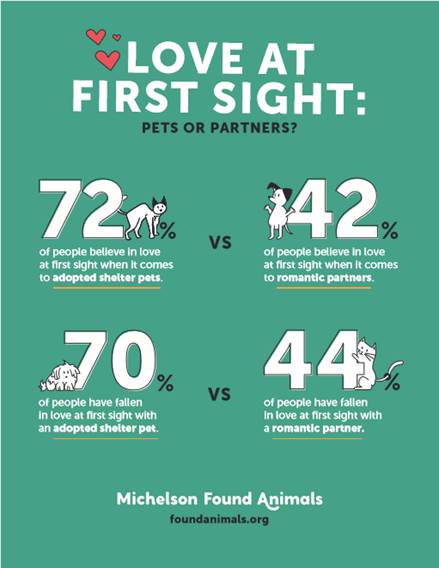A few weeks ago we kicked off the Trupanion Summer Safety Series by discussing Beach Safety for Pets.
Today, we want to continue that series by discussing Pool Safety for Pets! Although we have discussed pool safety a few times on the blog so far, I am always looking for new insights and tips for keepings our pets safe. Therefore, we are relying on the wonderful Dr. Sarah Nold, DVM & the Trupanion team to share with us their insights to help make the pool a safer place for our pets! Below you will see our Q&A:
1) Pools can be a great way to keep pets cool in the summer, but what precautions can pet parents with backyard pools take to keep their pets safe?
Make sure your pet doesn’t have access to your pool unless they are supervised, especially if your pool does not allow your pet to easily get out of the pool on their own. If you don’t know if your pet swims well or are concerned they are a poor swimmer, consider having your pet wear a life jacket while in the pool.
If it’s their first time with a pool, let your pet approach the water at their own pace. Swimming can be intimidating to some dogs—especially when their paws can’t touch the floor. Don’t force your dog into the water—instead start at the shallow end and create plenty of positive experiences.
Rooney wears a lifejacket while in the pool. He usually knows where the stairs are or can pick up on that quickly, but much of the time Rooney is trying to keep up with dogs that are naturally much stronger swimmers. (I think Rooney thinks his legs are much longer than they actually are.) To prevent him from becoming exhausted or panicked, I keep a lifejacket on him.
2) Are there any common pool toys that can be particularly dangerous for pets?
Soft pool covers are dangerous, as a pet can easily become trapped and drown. Avoid toys that are small enough for your pet to swallow or have small parts that can come off.
We do not have a pool, but if I did I would make sure it had a fence around it to add an additional layer of safety for Rooney. As of now, Rooney gets to swim with one of his friends at a nearby pool. As far as pool toys go, Rooney and I are big fans of PrideBites toys because they can float in the pool, and are machine washable.
3) Swimming can be a great physical therapy activity for dogs with joint injuries, are there any specific activities or exercises pet parents can do with their pets in the pool?
Many dogs enjoy retrieving their favorite toy (preferably one that floats).
Why is swimming such a great exercise for dogs? As outlined by the Water4Dogs Canine Rehabilitation Center in New York, hydrotherapy is aerobic, but low impact on the joints and bones. Due to the low impact, the aerobic component, and the resistance from the water, swimming is an ideal exercise for keeping your dog in shape.
As you mentioned, swimming is a great low-impact exercise. If your dog is a hesitant swimmer, you can encourage them to walk through shallow water. This alternative provides some of the same low-impact exercise benefits as swimming and can be a great option for older dogs or dogs who aren’t as confident in the water.
Additionally, for Corgis, swimming is a great exercise for building muscles that support their back while keeping the exercise low impact.
4) At Trupanion what kinds of claims are commonly associated with pools?
This is very similar to the beach-related claims. Dehydration and heat stroke are always a concern on hot days. Pets, just like humans, need plenty of water and a place in the shade to cool down.
For dogs like Rooney who have a fear of missing out (FOMO). It’s difficult to get him to take a break while other dogs are playing in the pool. I know that swimming is much more challenging for him than a Lab, for example, so I have to schedule breaks when he is swimming. Last week, Rooney was swimming with his friend Grayson who is a Cattle Dog Border Collie Mix, who swims every day. Rooney wouldn’t rest while Grayson was still swimming, so I did have to take him for a leisurely walk so that he could use the bathroom, and take a much needed break from swimming.
Does your dog like to swim? What precautions do you take to help keep your dog safe around the pool?
Stay tuned for the next installment in the Trupanion Summer Safety Series: Car & Travel Safety
Disclaimer: Trupanion is the pet insurance that we have for Rooney. My Kid Has Paws is working with Trupanion to provide pet parents with valuable information to help keep their pets safe. Also, I am a PrideBites affiliate. However, My Kid Has Paws only shares information we think our readers would find to be valuable.











